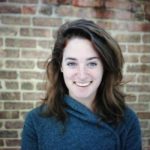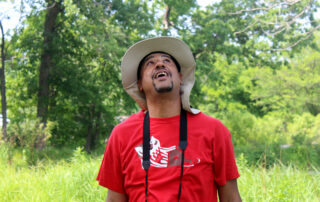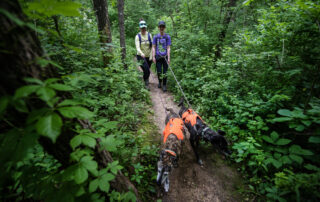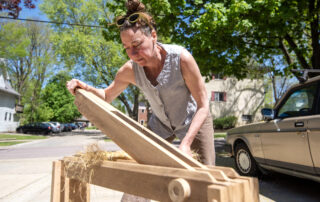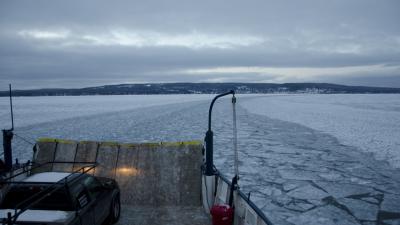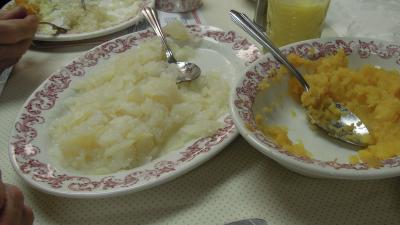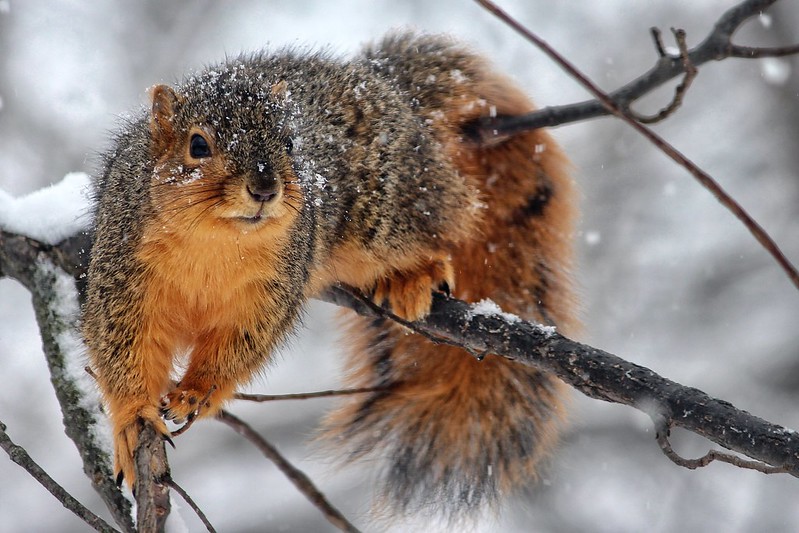For Miranda Dahlke, Washington Island’s science teacher, education is more than a job — it’s a mission.
“Anybody who has a chance to go to school here is in a totally different boat from any other school – totally different experiences,” Dahlke said.
Situated six miles from Wisconsin’s mainland, Washington Island’s lone public school is one of the smallest school districts in the state. Dahlke teaches middle and high school science and co-teaches a middle school STEM elective.
Around 60 students, from 4K through 12th grade, are housed in one building.
“All the kids know each other,” Dahlke said. “So we like to say they end up acting like a family.”
Dahlke works to connect every class and extracurricular activity to real-world careers.
“It’s totally awesome if you want to run your family’s business up here — we need that, obviously,” she said. “But I want to take advantage of any opportunity that’s going to give our students or me the opportunity to do something that’s unique, different, above and beyond.”
To make that possible, Dahlke has secured thousands of dollars in federal grants to create more hands-on learning opportunities. Through programs like SeaPerch, Samsung Solve for Tomorrow, monarch tagging with the University of Georgia, and a chestnut orchard project with Gathering Ground now in its fifth year, students are building connections far beyond Wisconsin’s state lines.
They’re also finding that success can be part of learning. In 2024, one of the school’s robotics teams placed 19th in the world at the International SeaPerch Challenge, an underwater ROV-building and operating competition.
“I think the root of everything that I’ve been doing with grants, STEM and the robotics program is so kids learn to never stop learning — no matter what age you are, no matter what you choose to do,” Dahlke said.
Tim Verboomen, the school principal, said Dahlke’s classroom approach is especially meaningful given the setting.
“Many of those opportunities are water-related, and being here on the island, it’s just a really cool connection for our students,” he said.
For students, the impact is life-changing.
“I want to be a marine biologist,” one student said, inspired by Dahlke’s science classes. Another credited her with sparking a dream of becoming a robotics engineer.
Dahlke’s philosophy is clear. “Even if I’m teaching the same material from year to year, I try and look at, ‘How are they going to remember it? Why do they even need to know this? What are they going to need to remember?’”
“She brings so many opportunities and fun stuff for us to learn,” a student added. “She really is passionate about it.”
